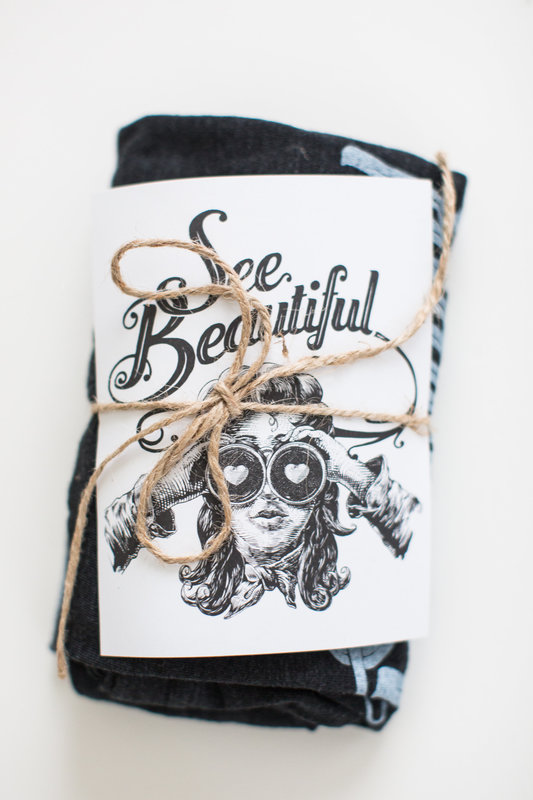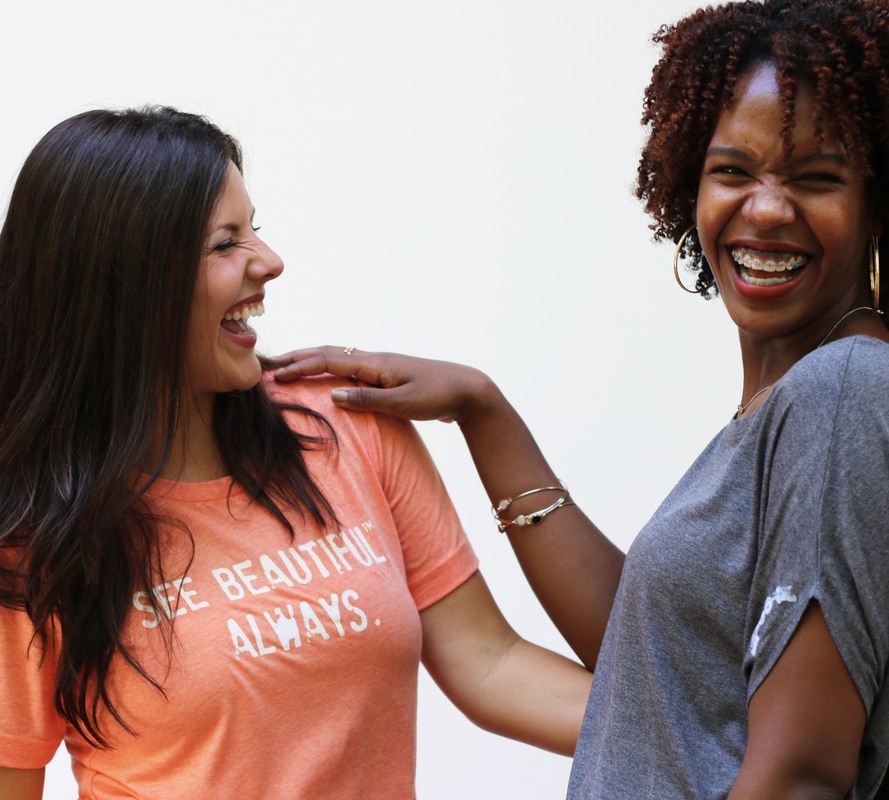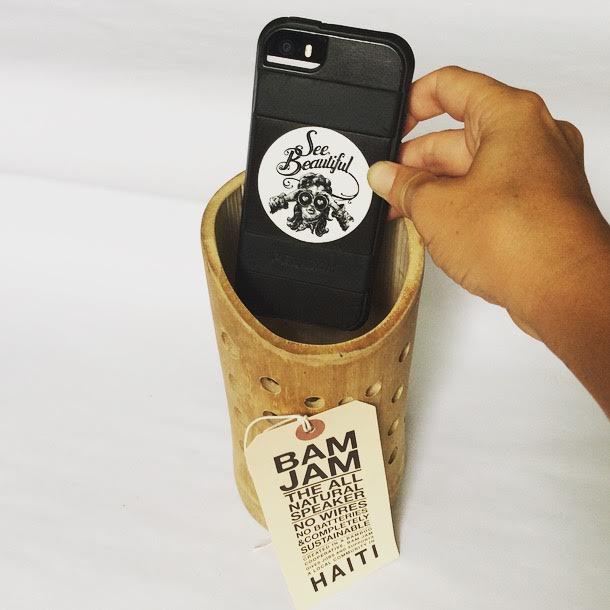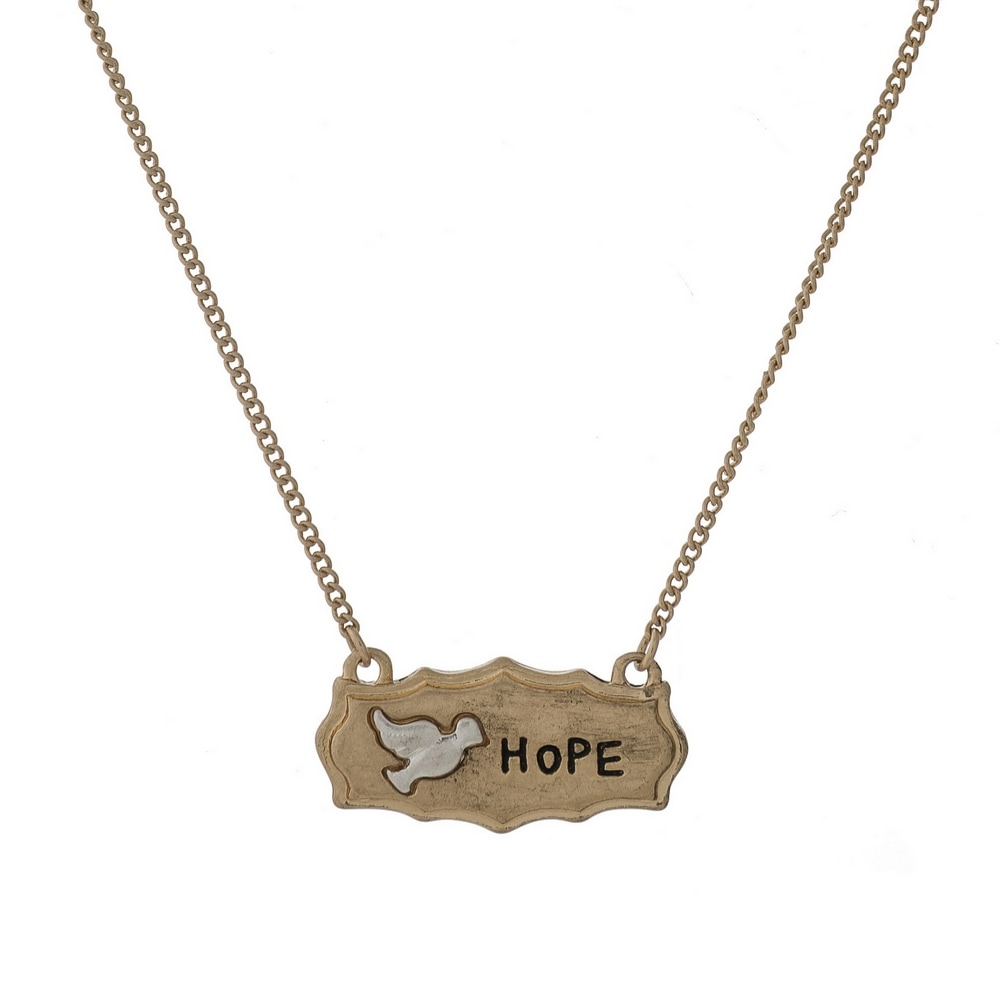|
The feature below is brought to you by Epos International, an organization that is in the running to receive a See Beautiful Grant. For more information about all of our giving initiatives, please click here. To learn more about Epos International, please visit their website page: here. From the seeds that were shared yesterdayThere’s a busy intersection on the streets of Tirana, the capital city of a country that few have even heard of. The country of Albania is in the heart of the Balkans, a beautiful part of the world full of history and culture. Many from the West tour highlighted places throughout Europe and tend to miss the places where there is still such beauty but there is also great poverty and need. It’s another view of Europe that few can imagine even existing. In this busy intersection the Roma people, as they are often referred to, are continuing a cycle of previous generations where as children they are placed on the streets, left to earn money for their families by begging and prostituting. Their faces are dirty, their bodies are small, frail, and hungry, their hands reaching out asking for coins of the people that pass by. Epos International is a US registered 501c3 with a vision to bring individuals and organizations together to change this story for future generations. We are convinced that having an inclusive, tri-strategy of education, faith, and social programs can in fact change an entire generation and people group to re-write a story of awareness that brings hope, justice, peace and equality. We have partnered with local charitable organizations throughout Eastern Europe who are continually building relationships with the Roma and are sharing life-changing solutions for them that will serve a long-term benefit for them as individuals, families, and an entire culture of people. We believe in freedom for them, breaking the cycle, and showing them their true beauty. We give them opportunities to learn a trade, sponsorships to go to school, and justice and opportunities to get off the streets at an early age so that they can become people who are a life-giving part of their society. We have taken the approach of “teaching them how to fish for life rather than just handing them a fish to solve their hunger for a day”. It’s a never-ending, resource-oriented, highs and lows, hard work that produces the most beautiful outcome imaginable…the story of a person who has been rescued. These stories are so much more than words on a page or even images for people to see, they are lives, families, children, men, women, and entire culture groups that have been given a chance to break their chained mentality, generational cycles, and society prejudiced lives. They are not mere numbers or even people that are seen and then forgotten, but they are truly miracles of what someone with nothing can become when given hope and the opportunity to choose who they will become. Epos International has been working in Eastern Europe for the past ten years, only becoming a registered 501c3 as of January 2020. Now in this second stage of our mission, we hope to bring even more awareness of the injustice that has been living throughout Europe for years. We hope that through the See Beautiful grant opportunity, we will continue our work and bring together education, faith, and social programs to rescue the next generation of this beautiful, diverse, and dynamic group of people called, The Roma. Join us by sharing our story of lives changed, generations rescued, and people who once depended solely on the handouts of others passing by and now have become professionals and positive contributors to their society and surrounding countries. It is said that "all the flowers of tomorrow are from the seeds that were shared yesterday". They are beautiful stories of people who know what it means to be given an opportunity, rescued, and able to pass it along to the next person who needs a little help changing the narrative that was penned for their life. You can find out more about what we do by visiting our website at www.eposinternational.org Submitted by: Amanda Chapman
0 Comments
The feature below is brought to you by Lantern House, an organization that is in the running to receive a See Beautiful Grant. For more information about all of our giving initiatives, please click here. To learn more about Lantern House, please visit their website page: here. Shelter from the stormThe COVID-19 pandemic has left me, and I think most people, feeling out of control. An invisible virus had upended daily life for the entire world, changing the way we work, socialize, and think about the future. It has been another reminder that no matter how intelligent, inventive, and advanced our species has become – there are forces of nature we cannot, and will not ever, control. At Lantern House, Ogden, Utah’s 24/7 homeless shelter, the virus has highlighted the already vast disparity between the affluent and the impoverished. With many lower paying service jobs reducing staff hours and implementing layoffs to save their businesses, those already living without a safety net, have been sent into an economic freefall. Low-income individuals who have kept working in grocery stores or other essential businesses, often risk being exposed to the virus, and statistics show low-income individuals experience both infection and death at higher rates than their more affluent peers. In this way, the virus has taught us what we have long already known; your income level can determine the length of your life, and in the case of COVID-19, may mean life or death. At our shelter we have always been committed to lending a hand to the neediest in our community, and the pandemic has only fortified our resolve to help the additional individuals now seeking help. We have seen a large increase in those needing both emergency shelter and meals since the onset of the pandemic, and to help our community members suffering from food insecurity, we’ve opened all three of our USDA compliant breakfast, lunch, and dinner meals to any one in need, at zero cost. Even more noteworthy, are our rental and deposit assistance programs which are continuing to help individuals and families transition out of shelter and into a permanent home of their own during the pandemic. I think the silver lining of living through this pandemic is that we may all take proactive steps to ensure our personal health; we will value good nutrition, exercise, and social interaction more than ever before. We may acknowledge our role in the virus outbreak, and make efforts to stop deforestation, protect wildlife, and restore clean air. In many ways, we have been living on this planet as a virus ourselves, destroying the very earth that brings us life and meaning. Moving forward I hope we understand more deeply how plants, animals, and humans are interconnected, and make the effort to ensure our world’s ecosystem does not produce another virus like this again. I think the virus will also make us see the homeless population in a different light. So often, we see someone in a different circumstance than ourselves, and we blame them. We wonder what they did to be in their current position. I am guilty of this; I judge that a person must have made choices that brought them to a certain predicament. This couldn’t be a more flawed way of thinking about homeless individuals, and just as the virus has made us see life as uncontrollable, I think we must also look at our homeless men and women as victims of unforeseen trials and unfortunate circumstances. After all, we do not have any say about the economic circumstance we are born into. As young children we do not decide that we would like to be the victims of violence, poverty, abuse, or addiction. As we grow, we do not wish to develop a mental illness or hope to be priced out of obtaining higher education or the opportunity to purchase our own home. So, just as we are coming to accept that much of what is happening in our world is unpredictable, uncontrollable, and unjust, I hope we can see our homeless clients as victims of their environments – not those who choose to live in poverty and despair. I think the thing I love most about Lantern House is our staff’s ability to do just that; see our clients through a lens of understanding. They withhold judgement and believe that each human that walks through our doors has a young child in them – filled with hopes, dreams, and optimism. They do not blame a struggling individual for their current circumstance, but advocate for them, and help them navigate the complexities of regaining housing and employment, ensuring our community becomes more equitable, one person at a time. Submitted by: Hannah BowcuttThe feature below is brought to you by E4 Project, an organization that is in the running to receive a See Beautiful Grant. For more information about all of our giving initiatives, please click here. To learn more about E4 Project, please visit their website page: here. A shared vision of beautifulThis story began with a beautiful friendship that was forged across cultural and language differences between two men in their twenties. Eric was an American living in Gabon attending seminary and Jacob was a local Gabonese man also going to seminary. The two, although opposite in nearly every way - short and tall, black and white, French-speaking and English-speaking - became brothers with a bond that would last a lifetime. The two men remained close friends as Eric went back to the United States and both Jacob and Eric found and married their incredible powerhouse wives. Over the next twenty years, the two couples remained a family an ocean apart as they both started their own families and named their sons after each other. During this time they worked on small projects together to make a difference where possible. Out of this friendship, a joined vision was born to come together, bring people along in the journey, and help improve the lives of others in a new beautiful way through empowerment. That joint vision became E4 Project, founded in 2011 by Eric and Brynn Schmidt. E4 Project is a non-profit organization that exists to defend the cause of the poor and needy, by empowering people to thrive who are living on the margins of society. Striving towards achieving equity and justice, while celebrating diversity is the core of all that E4 Project does. E4 Project partners with community members in Gabon and the Democratic Republic of Congo that are creating beautiful in their own communities by elevating the stories of oppressed women, men, and children and supporting and empowering them in new creative ways. E4 Project strives to identify people already working to make a difference in the lives of others, and come alongside them to make their goal a reality. All of our projects are led by an inside-out approach, where the members of the community that the proposed project will serve create the solution that will be most successful for their context. E4 stands for Educate, Engage, Equip, and Empower. E4 believes that the most beautiful solution is one that comes from this process, ultimately empowering people to achieve their identified solutions. Over the last nine years, this joint vision between two couples has changed the lives of countless people in so many ways that we will never know the true impact. Some examples of the impact that we do know is that through the partnerships of E4 Project. Last summer 197 people that have crawled along the ground for decades have now received their own mobility cart and have gained independence and autonomy. Through the identifying of a need by a Congolese surgeon, 60 children are receiving healthy food and gaining weight through the E4 Malnutrition Program. Through the vision of a Gabonese Pastor and his wife to start a home for orphaned and abandoned children, Hope House is now a home for 55 children. A hospital in rural DRC now has a stable source of electricity through solar panels. Through the leadership of community leaders, 16 wells have been built or updated to provide 20,000 people a clean source of drinking water that has prevented countless illnesses such as outbreaks of salmonella and typhoid. A school was built in Nebobongo that now serves 250 children, with a school scholarship that enables 40 children in one of the poorest regions of the DRC to attend. A pastor in Gabon had a vision for getting school supplies to the children living in unstable homes and through this partnership, 150 children were given new school supplies last year. Another local Gabonese community leader had the vision to provide healthy food to 15 children with HIV/AIDS and now those children are receiving this food each month, which is a significant boost to their health care and quality of life. The list goes on and on. Through each and every story, the same theme emerges: E4 Project comes alongside people to form new partnerships to empower people to create beautiful in their unique context which results in countless lives changed in beautiful ways. Submitted by: Sarah LewanWrite something about yourself. No need to be fancy, just an overview. The feature below is brought to you by Love Beyond Walls, an organization that is in the running to receive a See Beautiful Grant. For more information about all of our giving initiatives, please click here. To learn more about Love Beyond Walls, please visit their website page: here. A movement of doersLove Sinks In: Love Sinks In is a project that is keeping people experiencing homelessness safe from COVID-19. Love Beyond Walls builds mobile sinks and fills them with clean water and soap to place in areas densely populated with people currently experiencing homelessness. Per the CDC’s recommendation of best practices for COVID-19 prevention, hand washing is at the top of the list; however, individuals experiencing homelessness do not have access to soap and water. Love Beyond Walls is ensuring all people have the access to the basic needs that will protect them from COVID-19.. The Love Center: Each week, people show up at our doors for all different reasons. Some walk miles to receive groceries because they are food insecure. Some come for haircuts from the Mobile Makeover Bus. Some come to wash their clothes because they can’t afford a laundromat. Others knock on our doors because they need clothes to go to interviews and church. Some come to attend an educational workshop so they can learn a skill and have a better chance at finding employment. And some show up at our door because they have no other place to go. Most times these people have walked miles because they need the resources we provide. More than just physical items, these people lack community, opportunity, and hope. Whatever brings them to us and however they get there, we’re committed to serving them exactly as they are. The Dignity Museum: The Dignity Museum shares the stories of the forgotten, while presenting the unjust causes for the disparity in resource allocation. The stories of those who were born into poverty, those who became homeless as adults, the kids holding cardboard signs at the stoplight, and their collective fight to beat their circumstances. Through interactive technology, research, storytelling, exhibits, and thought-provoking questions, visitors will confront their ideas of homelessness and what it takes to escape it. The museum is designed to take the guest through a journey to promote a hopeful future of equality, opportunity, and justice. A world full of equity, justice, and inclusivity is a beautiful world. Love Beyond Walls is making the world a more beautiful place for ALL of us to live in. Submitted by: Morgan WrightThe feature below is brought to you by Emerging Together, an organization that is in the running to receive a See Beautiful Grant. For more information about all of our giving initiatives, please click here. To learn more about Emerging Together, please visit their website page: here. Creating space to emerge togetherEmerging Together is an affinity space that centers People Of Heritage (Of Colour) and honours cultural engagement, intersectionality and inclusivity through art, rituals, collective care, mental health, and Nature gatherings - while building mutual aide networks for our under-represented community. The organizing team is made up of 8 volunteers. We live and organize without borders throughout the land of Turtle Island (North America). The majority of our organizing team and participants are low-income and/or genderqueer. Emerging Together’s focus is the wellbeing of People of Heritage but even within our marginalized group we have different privileges based on our proximity to power, whiteness, wealth, health, and other factors. We address equity by working on the root issues in our community disclosed by the participants themselves through our registration form. We encourage open communication between attendants and organizers so that no one is at a disadvantage during our events. Our Liberatory Art Camp is a one of a kind, multi-day, capacity building outdoor art camp for regenerative embodiment, mental health tending, networking, and creativity that is curated By Us, For Us. It will be held from July 2 - 7, 2020 in the original lands of the Kalapuya tribes (Southern Oregon). We have the capacity to invite 50 People Of Heritage doing critical work within the Environmental and Social Justice movements to experience our programming and services. Regenerative outdoor spaces/events do not operate with the kind of equity lens needed to support the healing process of people of heritage. So we curated a beautiful space where we are out of the white gaze and are able to be our whole selves reducing perceived stereotypes and the marginalization of the everyday world. Our programming includes youth led workshops, accessible nature, indigenous foods, Seed swap, mental health services and therapeutic sessions by local practitioners. Benefitting youth, veterans, disabled, and houseless communities and family participants. Our services aim to help with the mental health of our community, including reduced risk of suicide and responding to hate crimes, while promoting leadership, respect, accountability, regenerative mutual aid, and revitalization. Our Liberatory Art Camp is offered on a sliding scale: Pay what you can. Pay in trade. No one will be turned away for lack of funds. In an attempt to create a safer, nourishing, deep affinity space we have a registration process. which will be a series of questions about you, your community work, the support you need to tend your wounds, how you use your privilege, roles you can fill at the gathering, how you found out about the event and accessibility needs. This event is a scent-free, sober space! —REGISTRATION OPENS New Moon February 23rd-- https://artisticapothecary.wordpress.com/gathering/ Our Libratory Art Camp focuses on Low income People Of Heritage of which: 10% are youth; 15% are veterans; 65% are disabled; 60% are genderqueer; and 3% are Indigenous living on reservations. Many of the folks we work with have intersectional identities that fall into many of the demographics above. In addition, our organizing efforts include improving accessibility on the venues campus by upgrading their ramp system, trails, and other facilities to be in compliance with the Americans With Disabilities Act so that our - and future – disabled communities can fully participate in programming. In the long term, it is our goal that Emerging Together will lay the groundwork for an annual People of Heritage reemergence camp. After Our Liberatory Art Camp in 2020 ends we will solicit feedback and continue to have regional meet-ups where we will begin to strategize our efforts towards a second (annual) gathering in 2021. Submitted by Jude PerezVolunteer Organizer, Emerging Together The feature below is brought to you by HOW Global, an organization that is in the running to receive a See Beautiful Grant. For more information about all of our giving initiatives, please click here. To learn more about HOW Global, please visit their website page: here. Feel Beautiful Feel Safe: Disaster relief water projectsMost of us that live in the USA are living in environments where we are protected from severe weather and even natural disasters. We have storm shelters where we can wait out a storm or tornado warning, or we can run into a basement or hide with cover in a small space within our home that has a roof that is sturdy along a floor foundation below our feet. We can run to the grocery store and prepare for a storm by buying flashlights and candles and a supply of water either for before or after a storm that may knock out all our power. We see the outcry of those of us in the USA who may go without power for just a few days or maybe even a week. Even so it is hard for us to relate to those who live this way on an everyday basis and how devastating it is when they do not get help in times of emergency. What about those people who live in rural areas of poverty such as many of our projects in Africa, Haiti and now Puerto Rico? Once the media leaves the direct drama behind, there are millions left suffering and we lose touch with the fact that our global neighbors are suffering. As the founder of HOW Global I have witnessed locations in the world that every day look as if they have been hit by an earthquake or flood. There are no paved roads and huge rocks are just lying in the middle of what is supposed to be a highway. Cars trying to travel to these areas even on an everyday basis must have a 4-wheel drive to get to that location. Their normal way of life is without water, enough food or electric. So, just imagine life when a conflict or disaster takes place. The people in these places of poverty that have no government support are alone without a voice. My heart bleeds especially for the women and children who are the village workers who carry the water, seek out wood for a fire to provide light by burning. Water is already scarce but after a disaster such as an earthquake or hurricane there is none to be found. Most are without transportation to go and seek emergency supplies. A recent case of one of our school partners in Haiti was that the country was in conflict for a full 3 months. All schools were closed. People were told to stay inside their homes but in this case, their homes are without electric, meaning no lights, no water or food or way to escape. How do you escape conflict and danger if you are a family of 5 with school children and no transportation? How do you provide for your family with the basic needed to just stay alive? It is a very dangerous and frightening situation. Imagine how a child must feel during this time period. When HOW Global was founded in 2006, one of our main goals was to make our partner water well schools become places that could be used for disaster relief purposes. I am so proud that SEE BEAUTIFUL has helped make us successful. Our schools should be placed to go for water, electric where cots could be set up and an actual roof and floor are a part of that building where you are seeking refuge. Our partner schools that we call Green Hubs in some cases, have ground issues that does not allow us to drill at all. In this type of situation, we put up roof gutters and very large water holding tanks. In the case of Haiti this was a lifesaver to have water that had filled the tank just a week before the country shut down. Once the violence stopped and the holding tank was empty, we were able to hire a truck to refill it until the next rainfall. It is amazing to think that first batch of water was distributed to the whole community in this urgent time of need. Our goal for 2020 is to improve our school partner hubs ability to become that place that can distribute water and provide information and means of allowing that community to recover after the disaster. We are so lucky to have on the ground leaders who can communicate with us in times of urgent need and we can count on where our supplies and donations are going. Adding more solar panels and solar pumps to the already lifesaving Green Hubs can save lives in times of emergency. Starting a new one in Puerto Rico will be a great milestone for us. With climate change taking a horrific effect on our planet, more and more disasters are being witnessed and experienced worldwide. Because of this, we wish to address the goal of safety in our year’s plan to bring solar and emergency water supply set ups to our hubs. When I spoke to the school children in Haiti and the teachers about this idea via Facebook, they were excited to know and understand that their school will help many. They posed for a photo pretending they are looking through binoculars so that they can show you their ability to SEE BEAUTIFUL and see HOPE. Submitted by Rachael PaulsonExecutive Director, HOW Global The feature below is brought to you by InterAction Initiative Inc, an organization that is in the running to receive a See Beautiful Grant. For more information about all of our giving initiatives, please click here. To learn more about InterAction Initiative Inc, please visit their website page: here. Remembering Our Beauty Through Our CounternarrativesBeauty is a contentious word for many, especially those of us at the margins. Growing up as a young Black woman, I quickly noticed the ways ‘beauty’ was weaponized to devalue my truth and identity. Comments like ‘pretty for a Black girl’ or ‘your hair is too nappy’ always served to remind me that Black was not beautiful. In school, the “beauty” of Black history was limited to a few exceptional stories of Black heroes who overcame insurmountable odds to earn a meager paragraph/sentences within our history textbooks. The rest of American history framed Black and Brown existence as woefully inferior, oppressed, and subjugated For young Black, Brown, Indigenous, and Asian folks growing up in the United States, the stories of beauty we consume in the media are either entirely white, aspiring to whiteness or solely white-washed. These stories that surround us, from our textbooks to media to school curriculum, are all impacted by dominant narratives in our society and can have harmful impacts on our identity development and mental health. In April 2015, the Executive Alliance for Boys and Men of Color, a national alliance challenging racial hierarchy and its impact on boys and men of color, created “His Story: Shift in Narratives for Boys & Men of Color.” The toolkit addresses how the Executive Alliance could not “advance racial justice, or simply the interests of boys and men of color, without addressing the narratives that surround them.” The toolkit outlines how dominant narratives, a system of stories that are repeated through history, media and culture that perpetuate stereotypes, discrimination, and violence, has a harmful impact on boys of color, and to further add, girls, gender nonconforming, trans and nonbinary young people of color. As co-founders of InterAction Initiative Inc. and Young People of Color ourselves, we have seen this phenomena throughout work and personal lives. The external effects of dominant narratives manifest through (implicit or explicit) biases that influence how teachers treat Black and Brown children. In South Bend, IN alone, the city where we began our work, Black youth are suspended at three times the rate of white students, yet they make up less than 1/3rd of the population. From such a young age, people of color are educated in a ‘color-blind’ system that treats them as inferior (Childers-McKee and Hytten, 2015). Further, dominant narratives fuel the hatred that leads to mass shootings, policies and practices that contribute to police brutality, and mass incarceration. In fact, dominant narratives are so embedded in our culture that they are barriers to creatively imagining alternative structures and new ideas for the world we want to live in. Dominant narratives can also “trigger or be reinforced by internalized negative self-perceptions among community members.” In other words, dominant narratives are not only forced upon us, but reinforced by us and those among us: It impacts how we see ourselves, identities, worth, and potential. How can Black, Brown, Indigenous, and POC youth feel beautiful and know the beauty within themselves and their communities, when dominant narratives have the power to dictate much of our lives? InterAction challenges dominant narratives that deter Young People of Color from realizing their full selves within schools and communities. At InterAction, we build YPOC to resist, heal, and grow by centering the development of their own counter-narratives as a critical tool for advancing racial justice, inside and out. We activate and advance Young People of Color and their counter-narratives to build a more just, inclusive and equitable society. Counter-narratives are one of the many ways people on the margins express their lived experiences. In racial justice work, counter-narratives are powerful because they shed light on the ways in which systems of oppression and injustice manifest in everyday lives. Counter-narratives are beautiful because they help us recognize the power and agency that already exists within us. At InterAction, we have a history of creatively engaging YPOC to foster empathy, become inspiring racial justice leaders, and be grounded in our collective history. We at InterAction create beauty by providing YPOC space to reconstruct their narratives, reclaim their future, and reimagine a new vision for our world. We create beauty in providing YPOC the tools and resources to inspire and create change in their communities so that all may flourish. We create beauty everyday as a team when we dare to exist as our full selves as women of color. I co-founded InterAction because I felt a desire to know my own beauty, history and identity. This work has been a long journey of unlearning and remembering who I am, my own counter-narrative. What’s Next for us at InterAction? Our new initiative, the InterAction YPOC Summer Institute, will launch in the Summer of 2020. The Summer Institute will be a 5 day intimate gathering for a cohort of 12 young activists of color who identify as Black, Indigenous or People of Color ages 18-24 from the Midwest (particularly South Bend and Chicagoland areas). The Summer Institute’s purpose is to cultivate the next generation of YPOC racial justice leaders, thinkers, and storytellers. The Institute will be a space for them to build their capacity to thrive by engaging them in a comprehensive experience that focuses on developing their counter-narratives as a method to affirm their intersectional identities, providing strategies to care for themselves and their communities, and learn how they can use their counter-narratives to affect change in their communities. So many of us who experience life on the margins only wish an opportunity like this existed when we were growing up. I created something that I wished I had growing up. With support from the See Beautiful Foundation, we will be able to launch our first Institute, where YPOC will have the space to connect with their counter-narratives to heal and grow from the inside and out. Submitted by: Deandra CadetExecutive Director and Co-Founder The feature below is brought to you by Re’Generation Movement, an organization that is in the running to receive a See Beautiful Grant. For more information about all of our giving initiatives, please click here. To learn more about Re’Generation Movement, please visit their website page: here. Re’Generation Movement: Seeing the Beautiful in the Global DiasporasDiaspora (noun): the movement, migration or scattering of a people away from an established or ancestral homeland. (source: Merriam-Webster) “Diaspora” is a word of pain: a word of longing that comes from losing a sense of belonging. Throughout history, many people groups have left their homelands and became strangers in foreign lands for many different reasons, mostly due to unfavorable or even hostile and life-threatening circumstances. We, diasporas, settle down, form our communities, and learn to adapt to a new home away from home. However, the longing for the home we left behind does not weaken but becomes stronger as time goes. We also struggle to define our identity and the confusion of where we belong intensifies with posterity. However, because of this very nature, “diaspora” also becomes a word of hope and innovation. The sense of belonging is not lost, but redefined. Instead of calling one place home, we learn to call many different places our homes. Instead of wavering between cultures that are different at home and at school, we learn to embrace (or at least cope with) both cultures. Instead of being put into a choice of loving the nation of origin or the nation of settlement, we learn to love both and reflect on what it truly means to be a global citizen. Like Susan Ahn Cuddy who fought against Japan as the first female gunnery officer of the U.S. Navy while her father dedicated his life fighting against Japanese imperialism as a leader of the Provisional Government of Korea, we find ways to reconcile our roots to our present soil. We cannot be put in a box. It sometimes gets even messy. We don’t even know how to come up with a simple answer when someone asks, “where are you from?” And that is perfectly okay. In fact, that is why diasporas are perfectly set up to be peacemakers in today’s evermore diversifying and pluralizing world because peacemaking is the ability to jump in and out of different boxes and building bridges between those boxes. So many conflicts arise because we want to stay in our little boxes and refuse to step out of them. Re’Generation Movement’s aim is to empower these global diasporas to be the peacemakers in today’s world. We strive to do this by: 1) Empowering Youth through Education: through equipping the diaspora youths with not only practical skillsets through SAT and college-prep courses but also values through programs such as Glocal Leadership courses, field-trip to Washington D.C., etc. 2) Creating Space for Conversations: through hosting events, seminars, lectures, and study groups where different opinions and thoughts can be exchanged in a safe space. 3) Advocating for Peace: through finding our roles as diasporas to engage in activities that can bring peace and justice. To the world that is scared to see too many differences, we want them to know that differences can create harmony when conducted in the right way and when each part listens, respects, and enjoys in collaboration. The more the variety, the merrier the sound of harmony. With hearts that can feel the pain on the other side of the world as vividly and tangibly as the pain here, with fluidity that can understand and adapt to different cultural contexts, and with a genuine longing for a safe belonging for self and those around the globe, I believe in seeing the beautiful things blooming from the Re’Generats that will regenerate this world to be a more welcoming, more harmonious, and more equitable place. Submitted by Jongdae KimExecutive Director / Co-Founder, Re'Generation Movement The feature below is brought to you by the HIVE, an organization that is in the running to receive a See Beautiful Grant. For more information about all of our giving initiatives, please click here. To learn more about the HIVE, please visit their website page: here. Rebooting the system for adults with intellectual and developmental disabilities Helen Keller once said that the best and most beautiful things in the world must be felt in the heart, and one example of this is the community and learning center at HIVE, Inc. “The HIVE” exists to break down barriers and erase stereotypes for teens and adults with disabilities in South Central Kentucky, offering unique opportunities for teens and adults to make informed choices, build relationships, experience respect, and be contributing members of their communities. What’s more beautiful than that?! The philosophy behind the HIVE is unique...The HIVE is not an adult daycare, and we do not bill insurance or state waiver funds for services. This is to ensure that our programming is available to ANYONE with a disability, regardless of insurance type, waiver status, or other socioeconomic factors. This is particularly important because many state waiver services and government programs/funding are exhausted or have long “wait lists” and there are few options available for continuing education or social connections beyond high school for adults with disabilities. 63% of people with disabilities will not enroll in post-secondary education due to barriers like accessibility and lack of teacher training. This lack of services and resources leaves individuals with disabilities and their families isolated and without support needed for future success. Our members can use existing support persons (Community Living Support workers, therapists, case management, family caregiver, etc.) to participate in activities. We emphasize peer-led programming, with classes often taught by college students, and encourage HIVE members to teach others the skills they’ve mastered. We believe that having people with whom you are truly connected and a place to belong is key to success in life! At the HIVE, teens and adults who have intellectual, physical, or developmental disabilities can participate in a variety of activities on a daily, weekly and monthly basis to develop skills related to habilitation, advocacy, information/networking, volunteerism and vocation, continuing education, developing and maintaining friendships and natural supports, and exploring hobbies and interests. Program participants have unique opportunities at the HIVE that include classes like yoga, music, and art; workshops on Disability Rights and Avoiding Abuse & Exploitation, learning vocational skills “hands-on” through our vending machine business, and participating in coordinated, adapted volunteer opportunities. In addition, HIVE members can take part in a special program to learn about advocacy and environmental education! Through our environmental education and advocacy program, teens and adults with disabilities learn advocacy skills and then go to local schools, businesses and other organizations to teach people about the impact of honeybees on the environment. Through this program, participants learn skills needed to advocate for themselves and bees (professional communication, public speaking, using technology, etc). The schools, businesses and organizations that participate in the program receive environmental education, complete an activity that helps the environment (i.e. gardening, building bee houses, discontinuing pesticide use, recycling, etc.) and simultaneously learn disability etiquette...that people who have disabilities are able to contribute to the community and deserve the same opportunities as any other person! Currently, the HIVE serves approximately 80 individuals and their families, 6 professional service provider agencies, and 6 school systems across 5 counties in Kentucky. Through community partnerships and advocacy programming, we are reaching approximately 200 people per month. We envision a barrier-free community in which all individuals may live, work, and enjoy access to limitless opportunities as valued citizens, and we are working to make that a beautiful reality for the people we serve! Want to See Beautiful? Check out the opportunities given at the HIVE that allow strong, inspiring people to lead fulfilling, beautiful lives. You can catch a glimpse at http://thehivebg.org, on Facebook at https://www.facebook.com/thehivebg, or Instagram at https://www.instagram.com/h.i.v.e.inc. Submitted by Jessica WilsonProgram Director, the HIVE The feature below is brought to you by Community Bucket, an organization that is in the running to receive a See Beautiful Grant. For more information about all of our giving initiatives, please click here. To learn more about Community Bucket, please visit their website page: here. Service made social.Community Bucket was started on a humid August day in 2012. We looked around at the vibrant, socially conscious community of doers and activists committed to making our city of Atlanta beautiful and wondered “how do we get involved?” Atlanta, our original hometown, has countless wonderful organizations striving towards strengthening the local community. It also has many more transplants from all over the world searching for a way to meet new people and leave their mark on their new home. That’s why we created the Service Made Social movement—a way for volunteers to participate in a rewarding service experience that allows them to forge new friendships, make meaningful connections, and improve their local community — all within a few hours. Here at Community Bucket, we focus on the "social" side of our program by connecting volunteers from all backgrounds and backstories to the nonprofits and organizations best suited to their goals. Our volunteers find a community and a connection to the place they call home. And as our volunteers flourish, so does our community. Watching as everyone benefits through the weave of good deeds, fun memories and lasting relationships is truly beautiful in our eyes. Community Bucket has brought the concept of Service Made Social to thriving communities in Atlanta, Austin, Denver, and New York City. Our volunteers add much-needed manpower to food banks, soup kitchens, urban gardens and much more. These men and women bring an infectious energy and welcoming spirit to every project we create. Volunteers are always looking for more ways to connect to the non-profit ecosystem in their communities. This is the niche that Community Bucket fills. This year in Atlanta, we are partnering with four urban farms for a new and exciting project called FeedATL. Our goal is to leverage our volunteer base to alleviate the effects of food deserts in the local community on a larger scale than ever before. Metro Atlanta is home to many community farms and gardens, but they are often understaffed and under-marketed in their neighborhoods. Our volunteers will log a total of 1,000 manpower hours over the course of 2020 through on-site projects that will be invaluable to our partner farms. In addition, we will help execute several community-based social events to help connect the farms to the individuals we serve. Community Bucket as a whole will promote these events and create enduring promotional materials that these vital members of the Metro Atlanta community can use to develop their own volunteer programs for the future. We are beyond excited about FeedATL and every single project we are gearing up for this year. At its core, Service Made Social is a commitment to the beauty within every individual we meet: We find beauty in the volunteer who almost hits the snooze button on a rainy Saturday morning, but decides to serve with us instead. We find beauty in the deeper, meaningful conversations and connections forged during our events. We find beauty in people helping others. With the efforts of many, we can all continue building a more beautiful community. And we invite you to join in on the fun! If you share our vision of beauty, we would love to hear from you. You can learn more at www.communitybucket.com or email us at [email protected]. Submitted by Jesse GrossmanWrite something about yourself. No need to be fancy, just an overview. |
See beautiful in yourself.
|

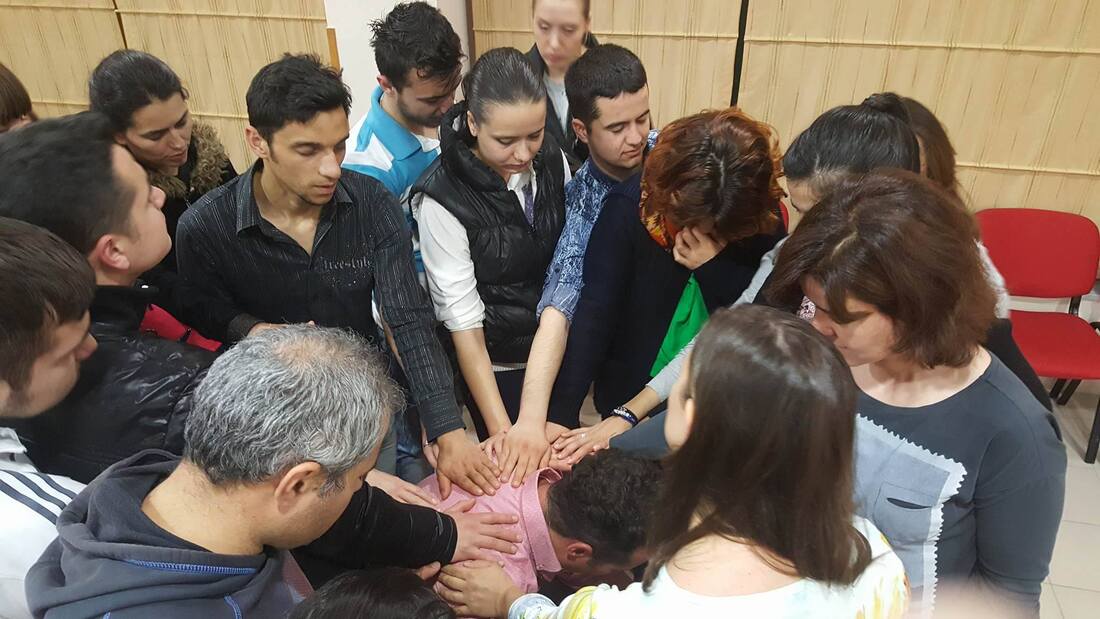
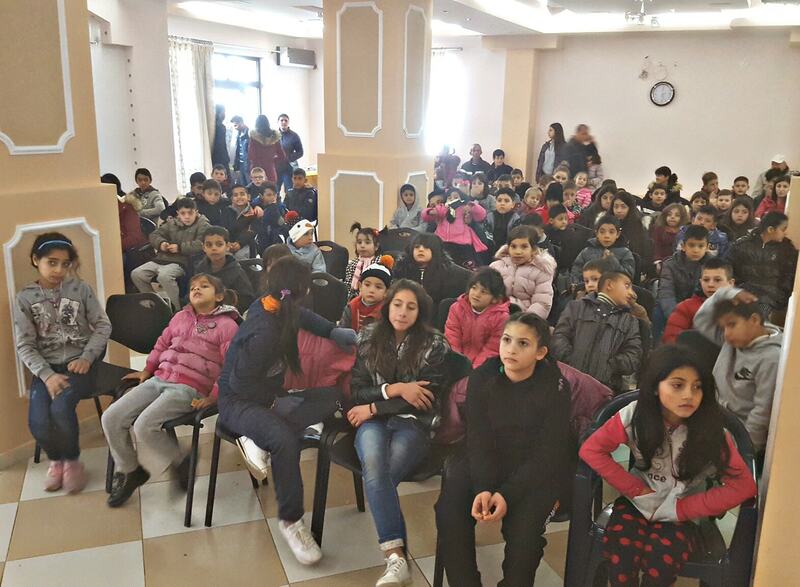
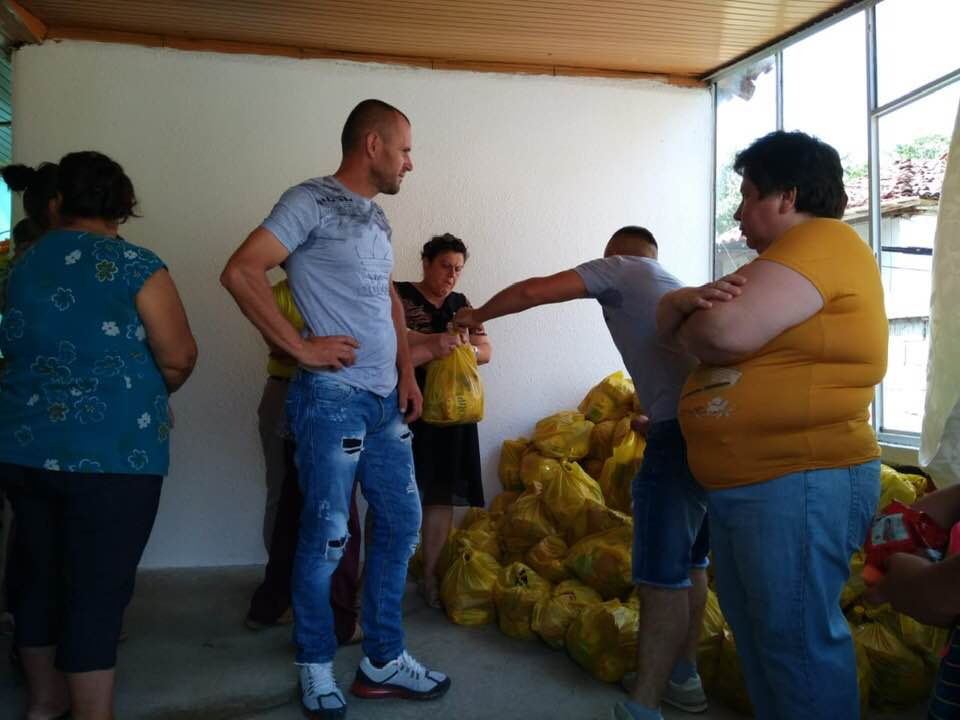
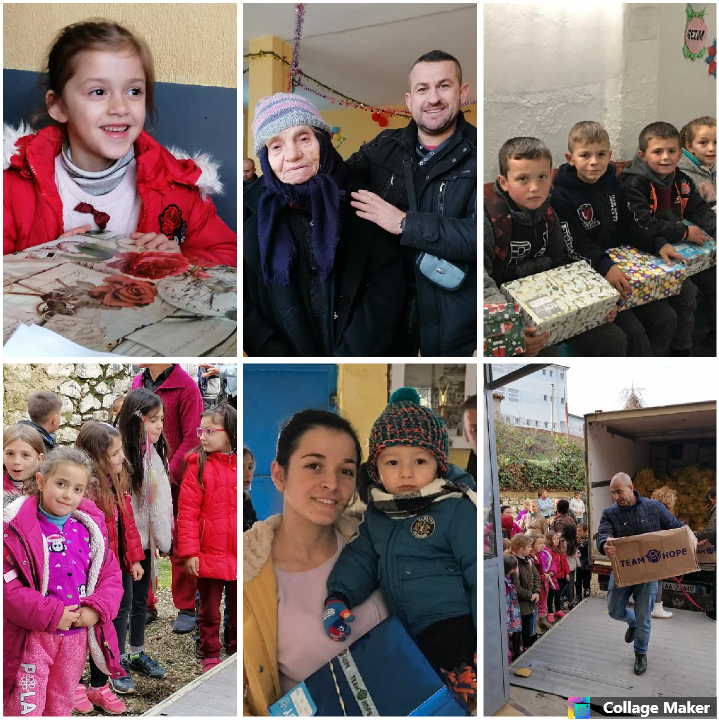
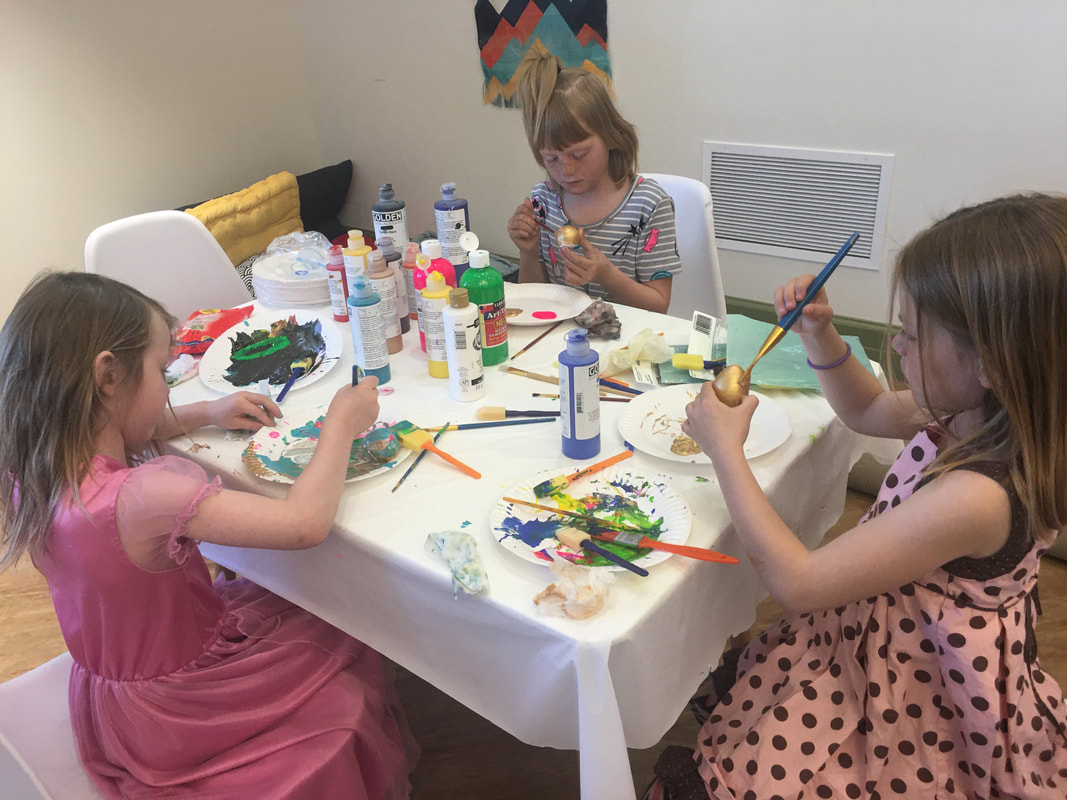
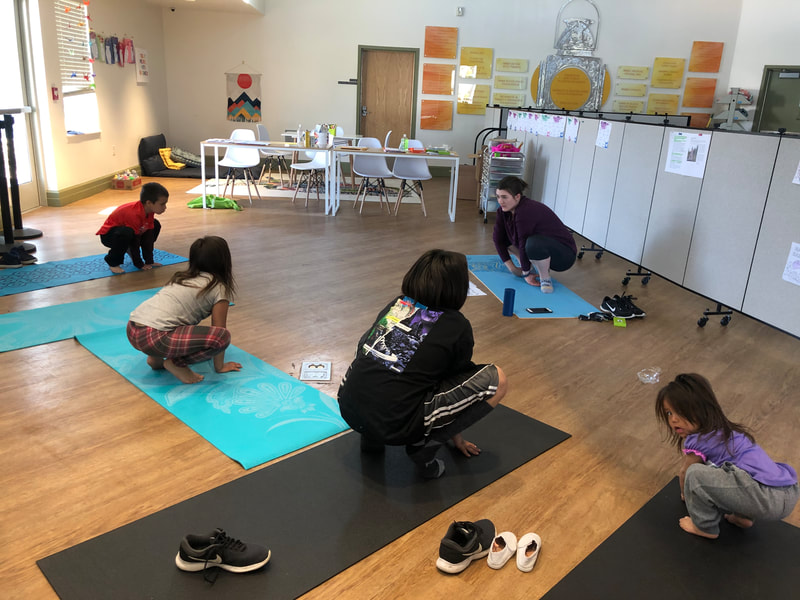
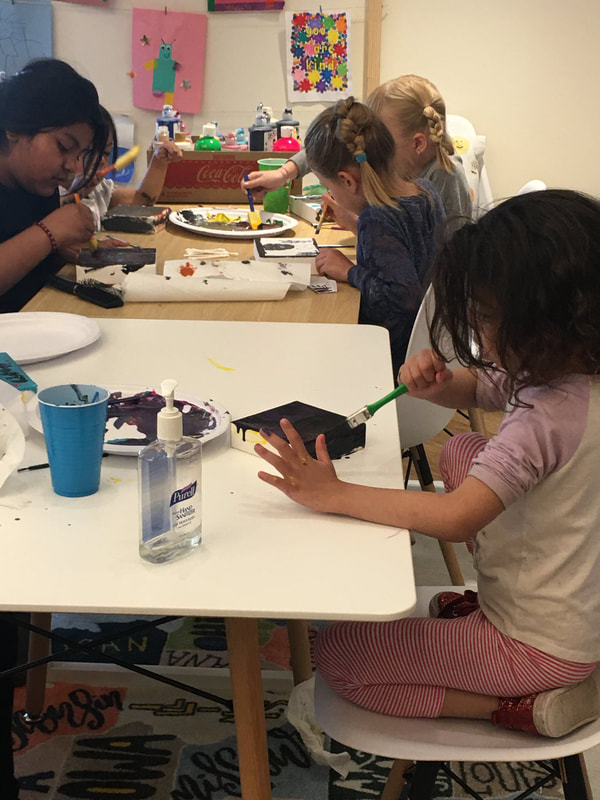
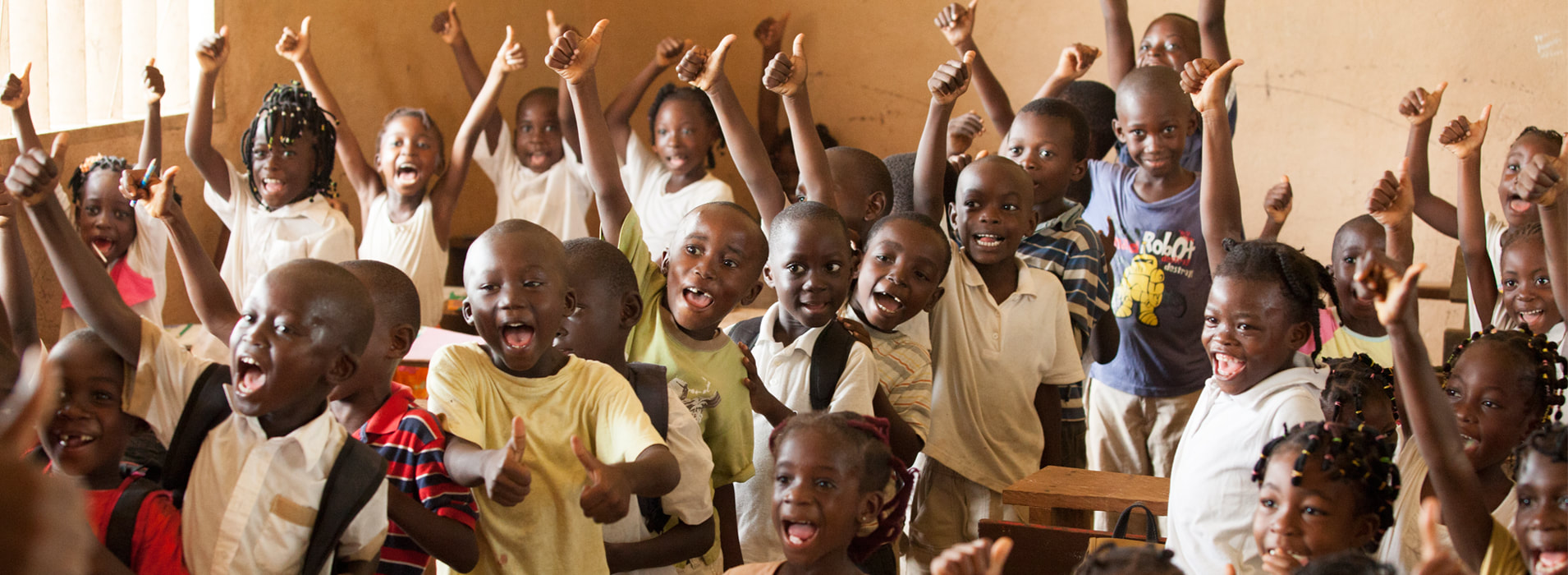
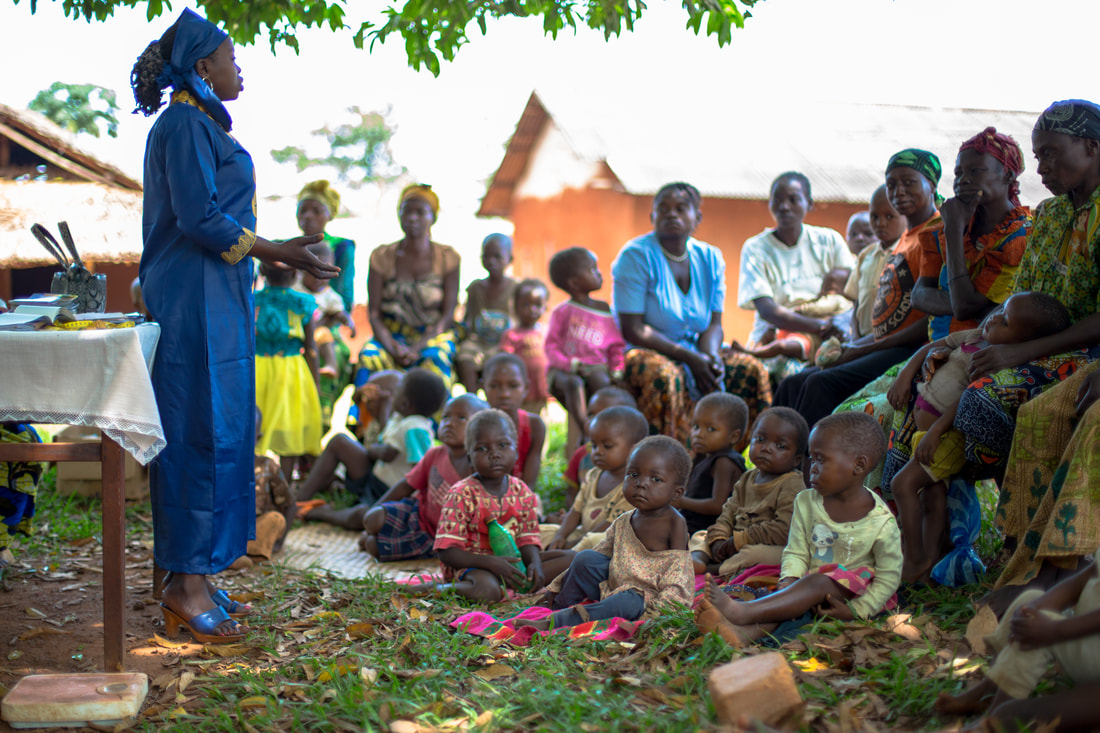
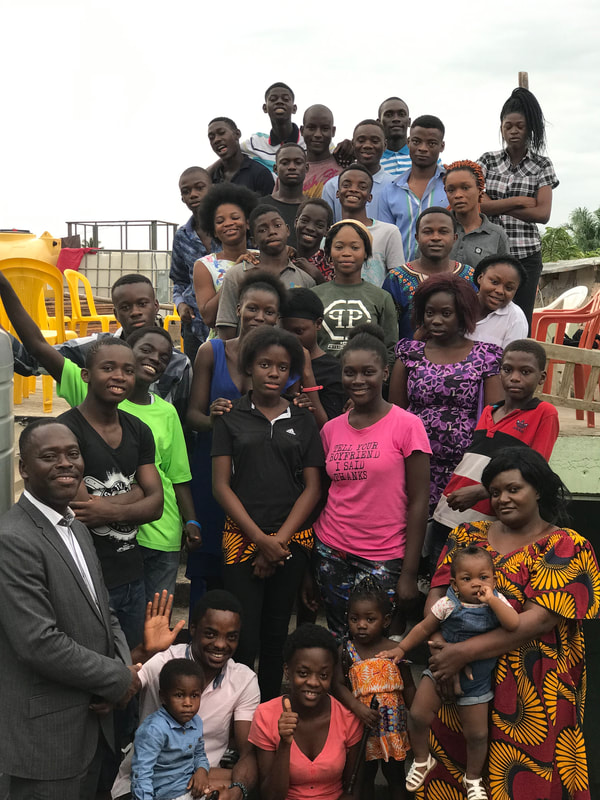
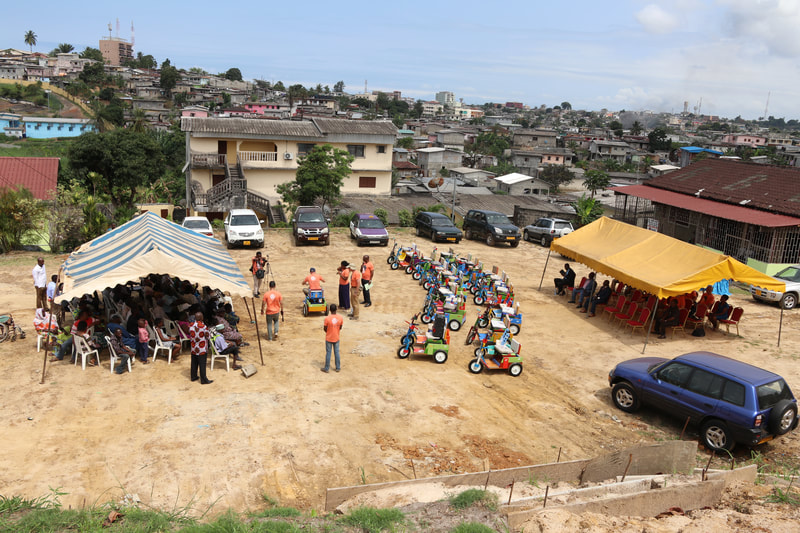
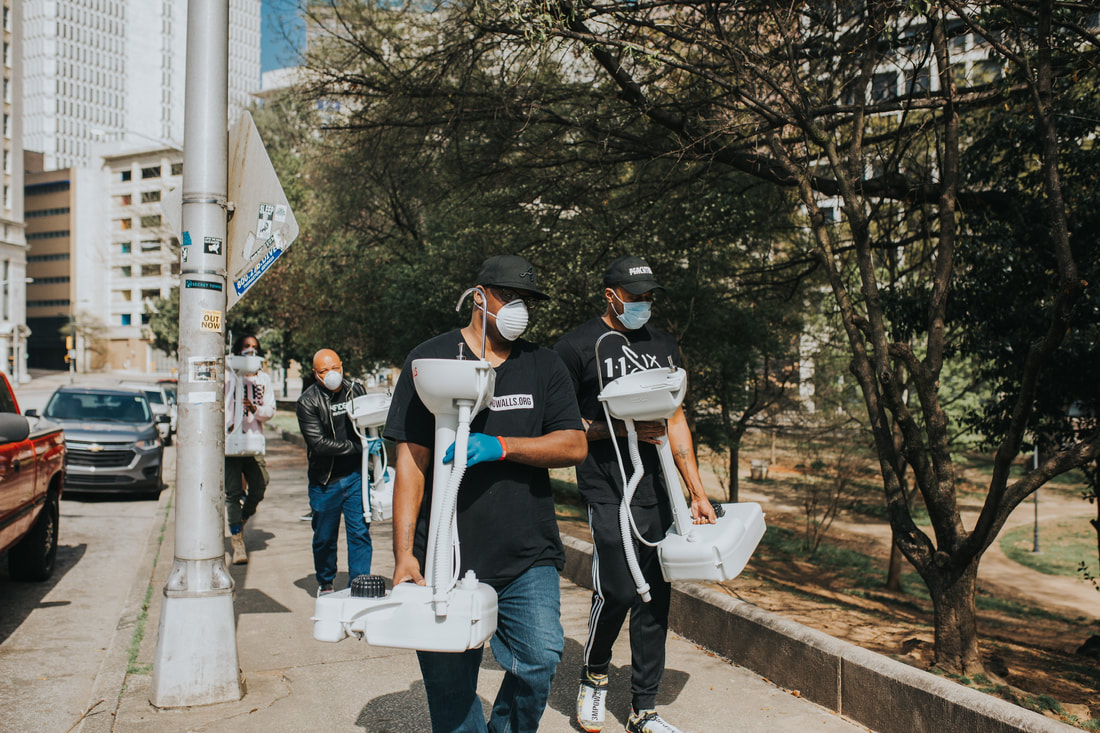
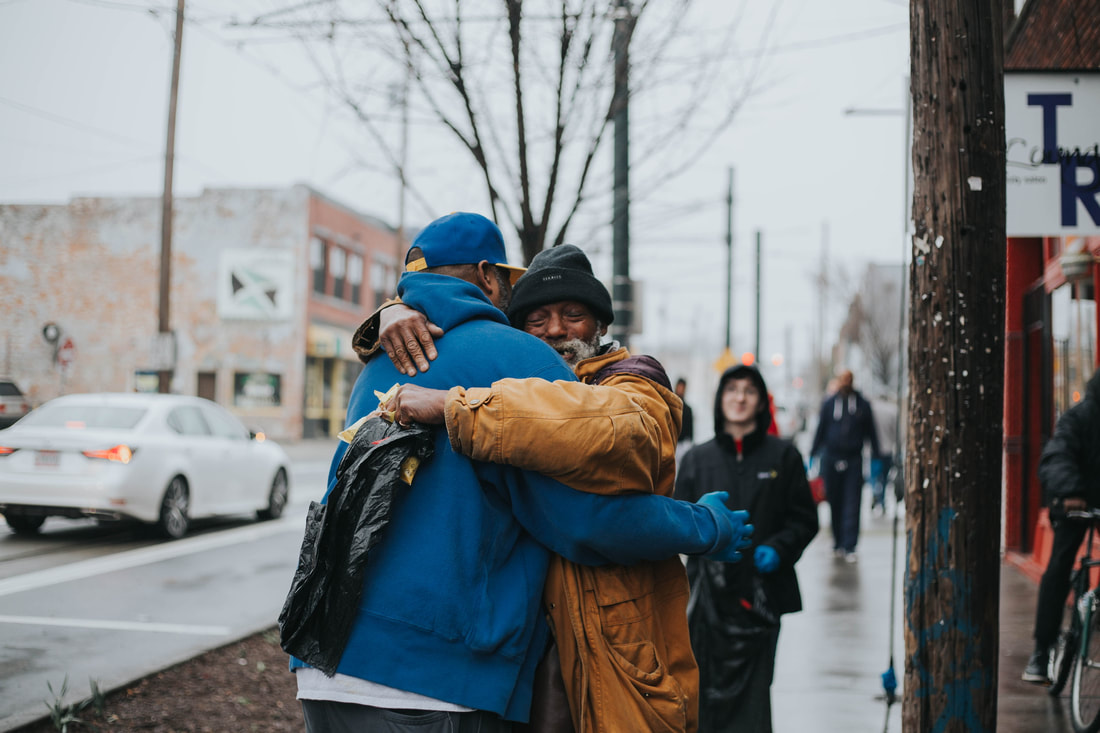


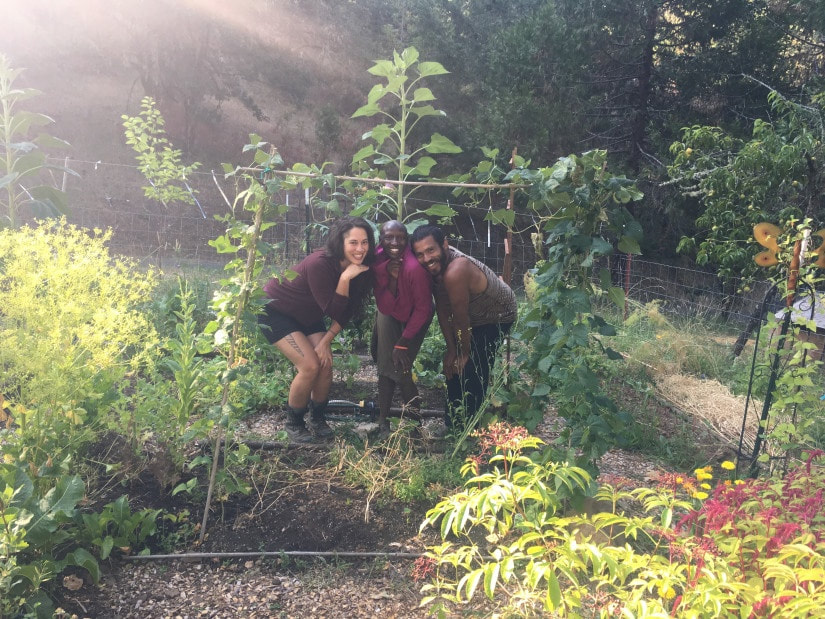
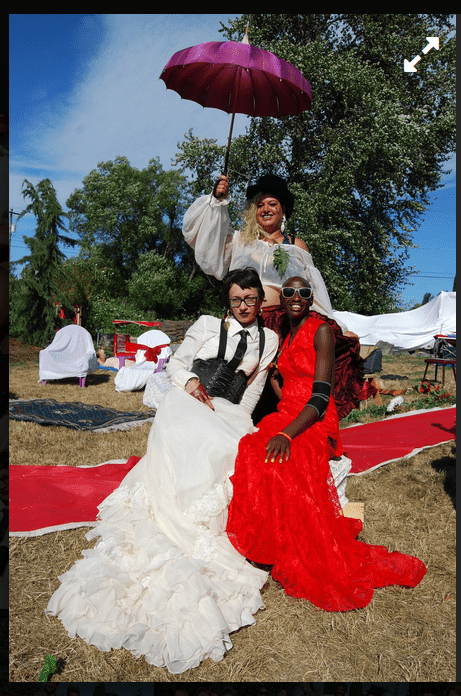
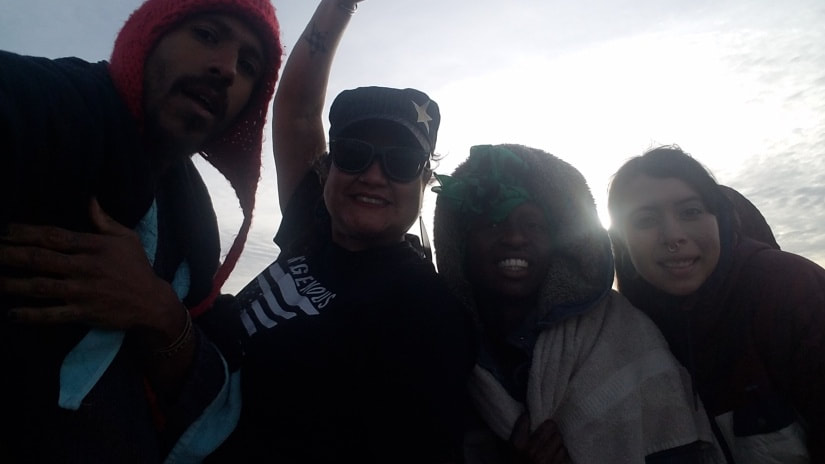
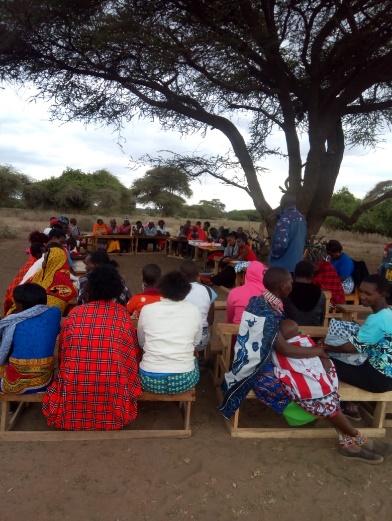
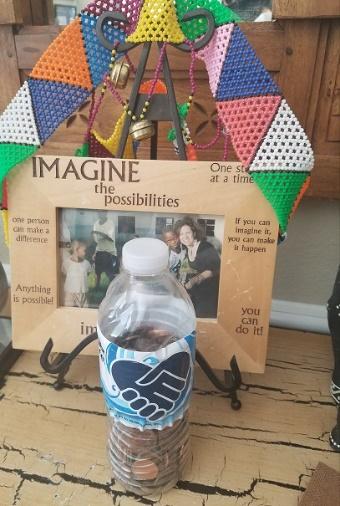

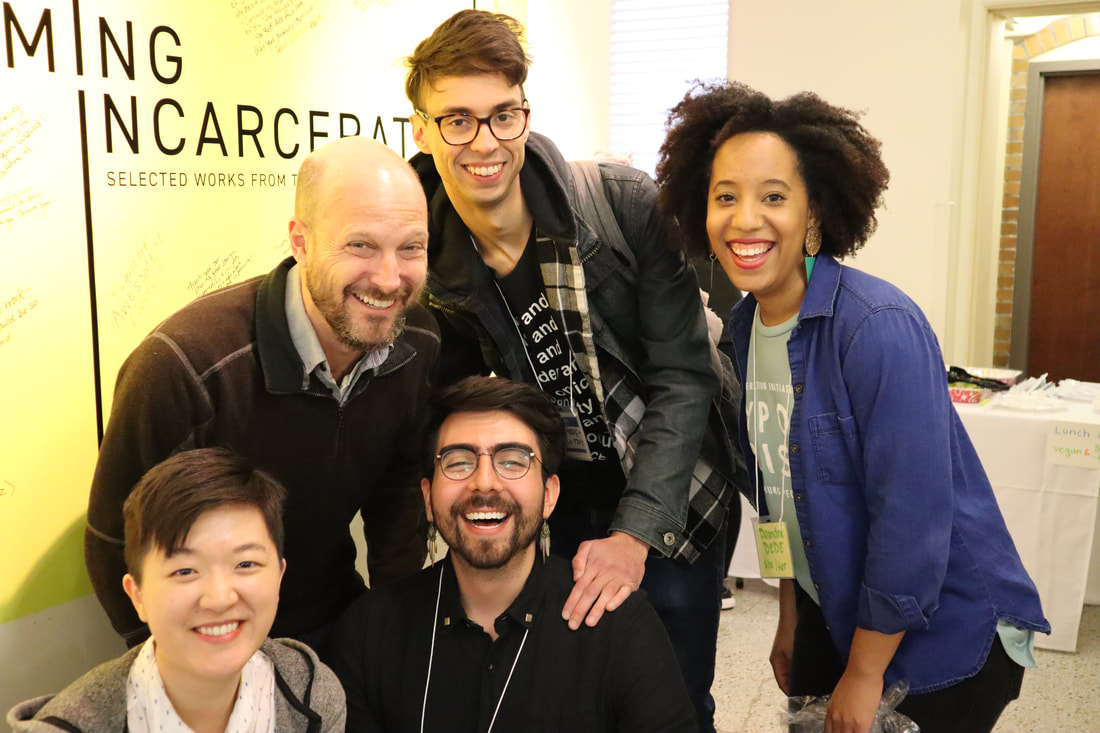
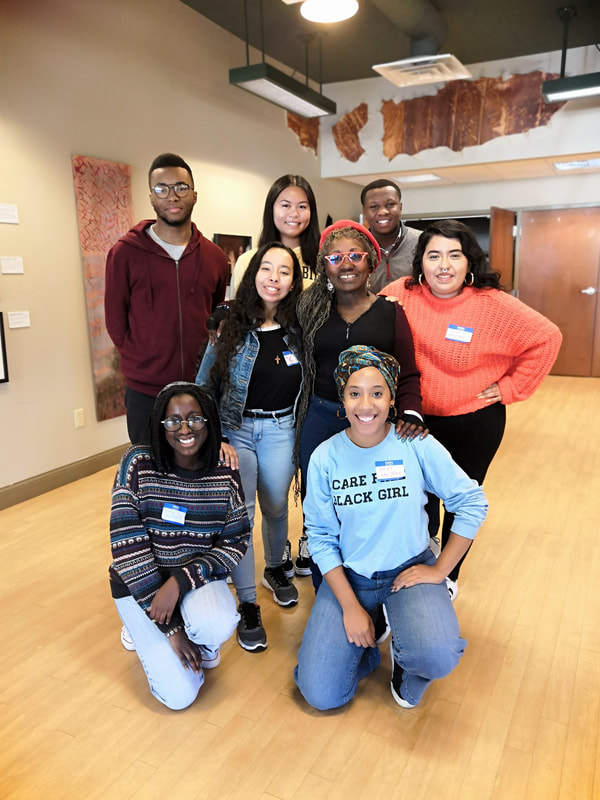
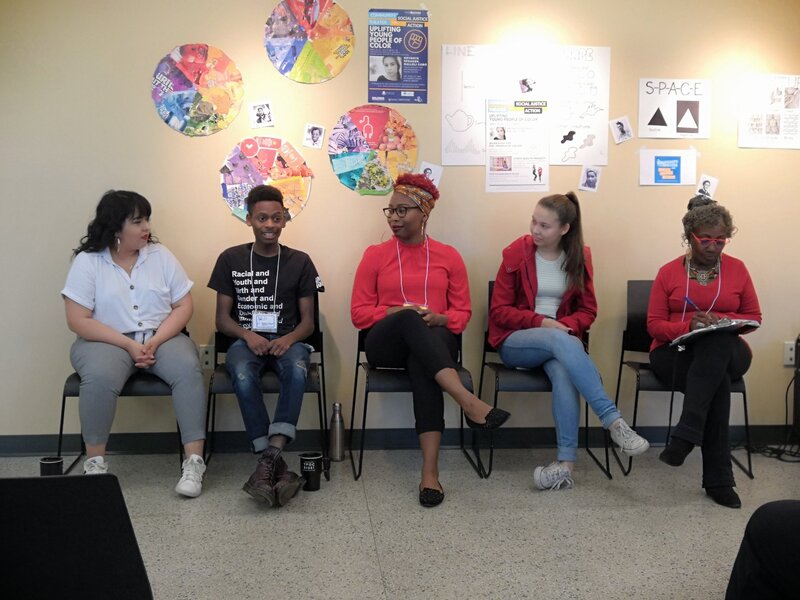
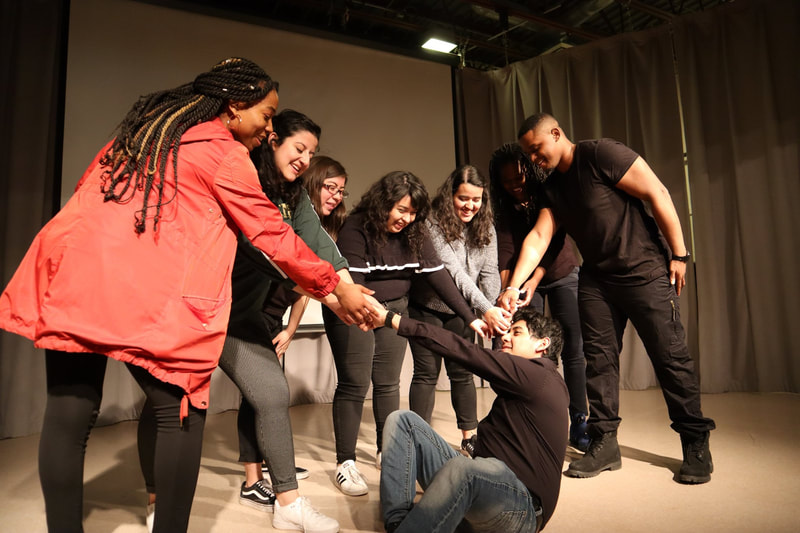
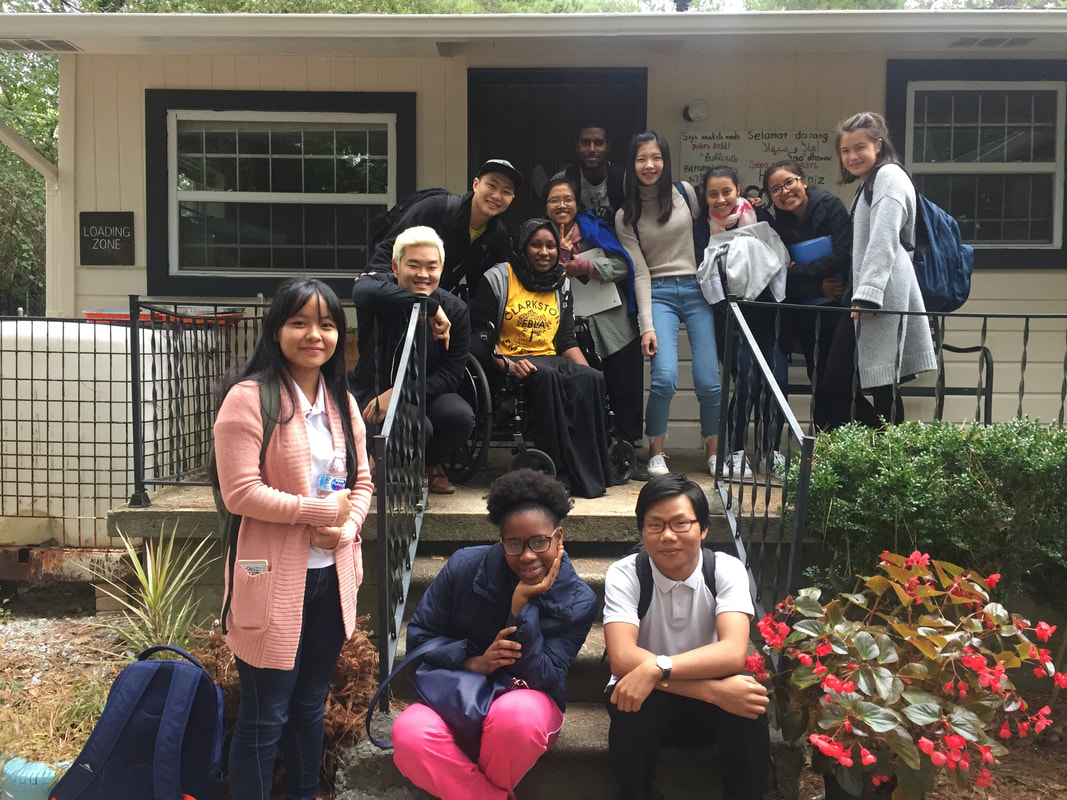
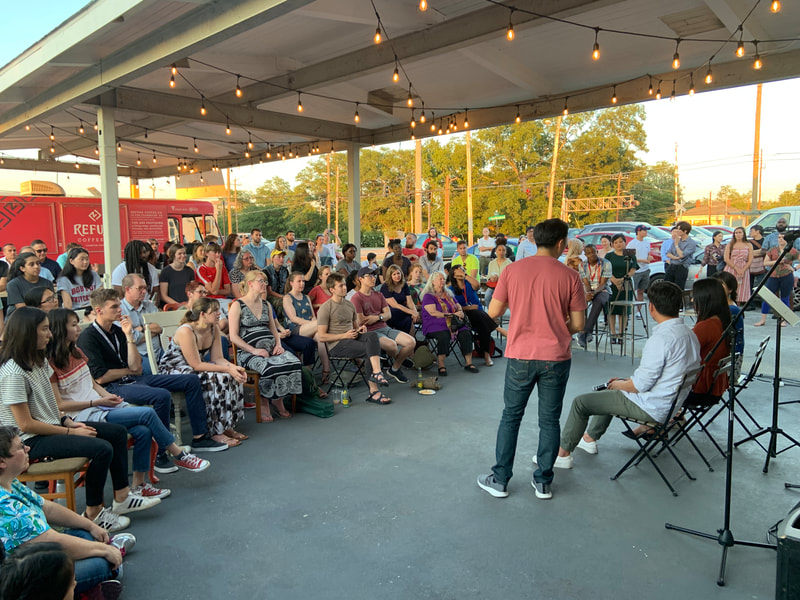
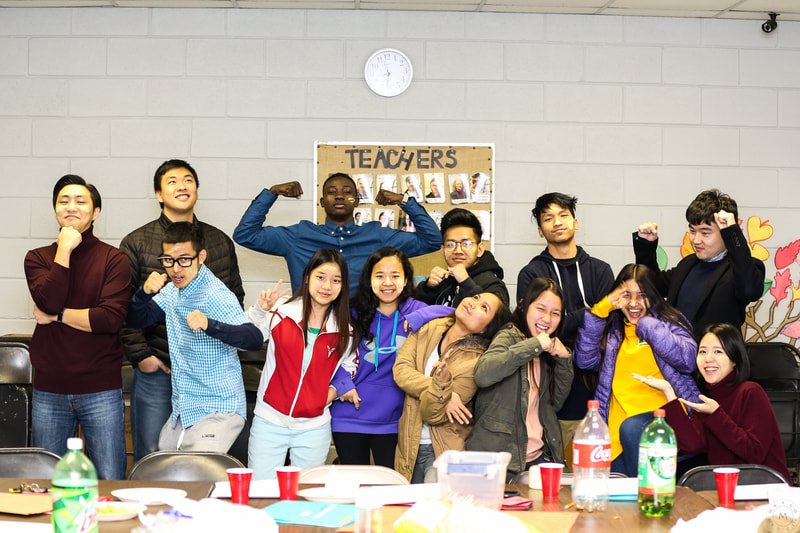

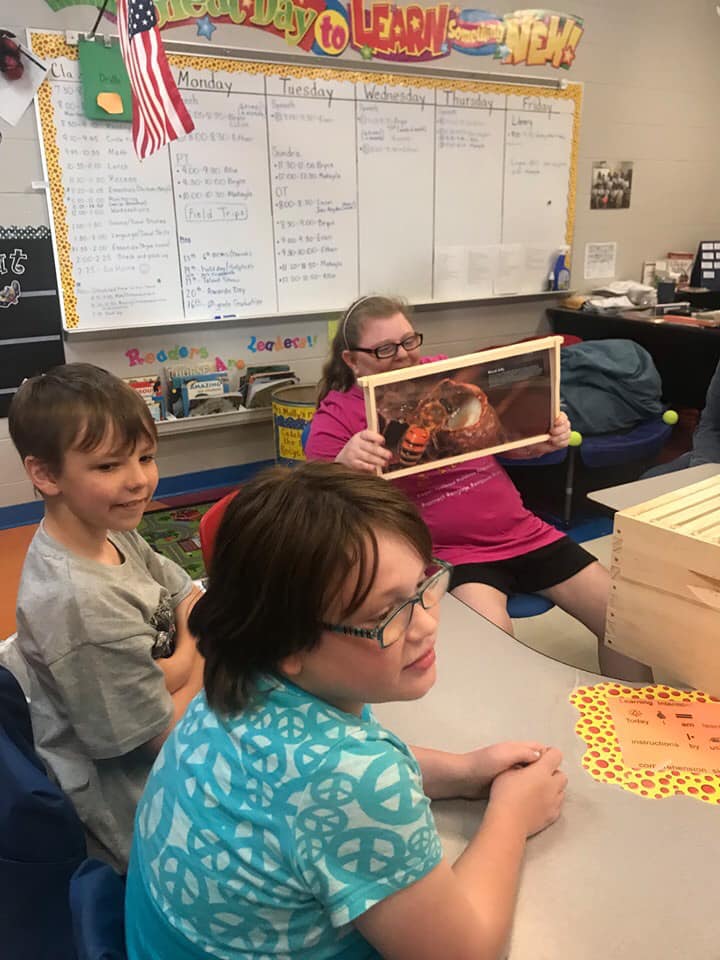
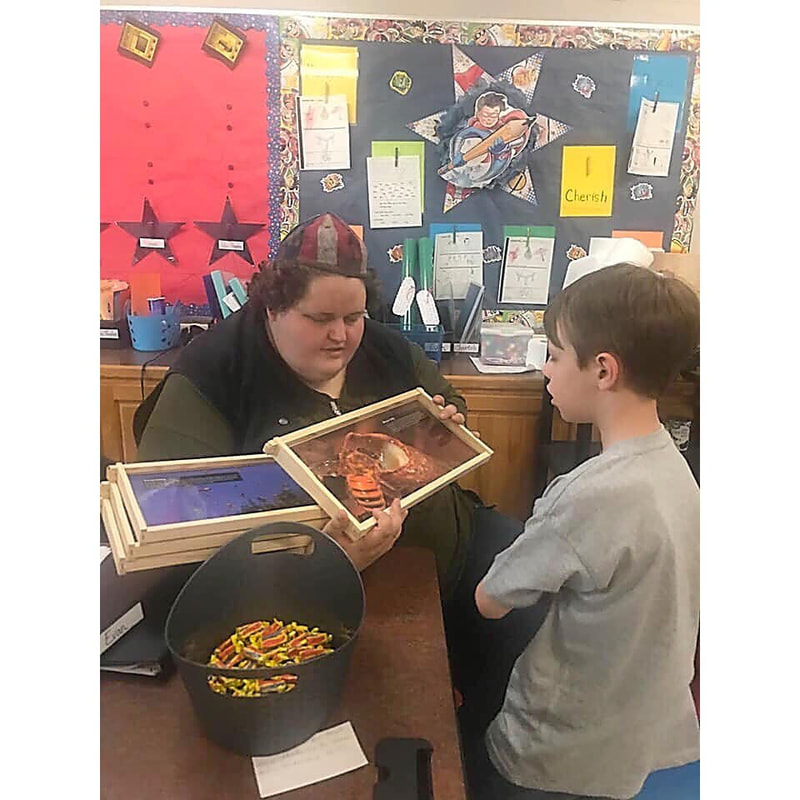
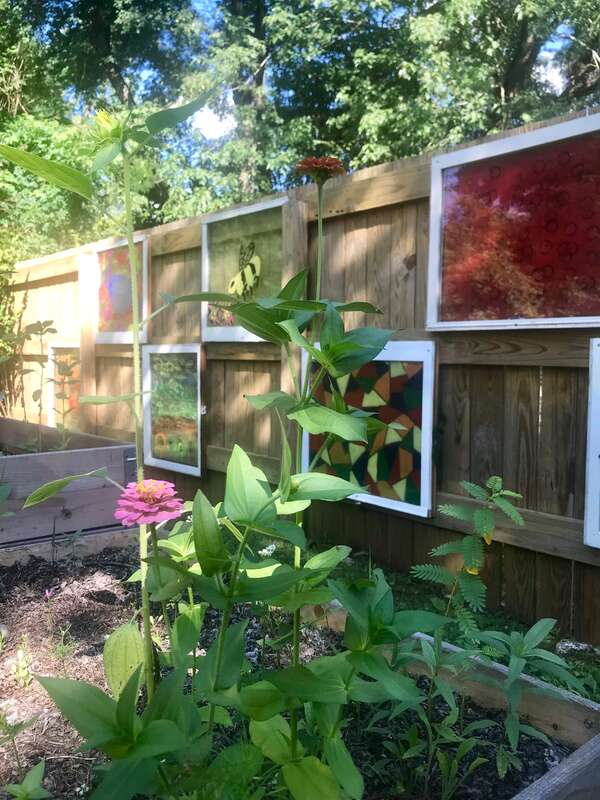
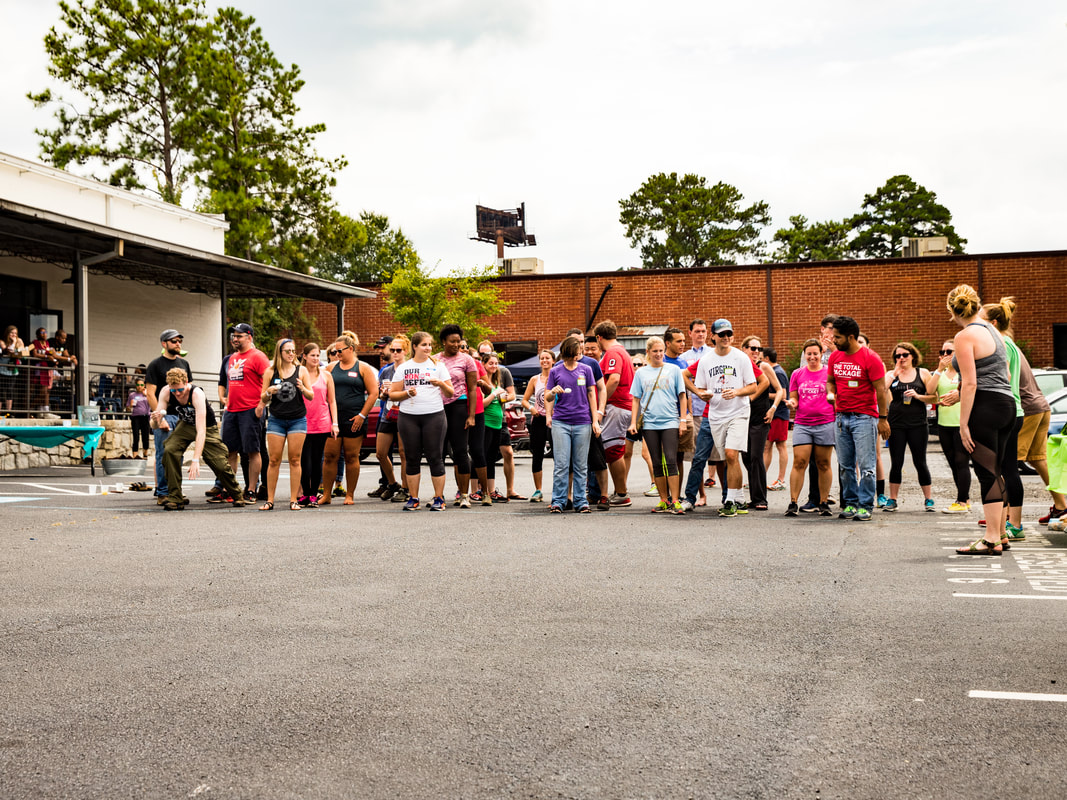
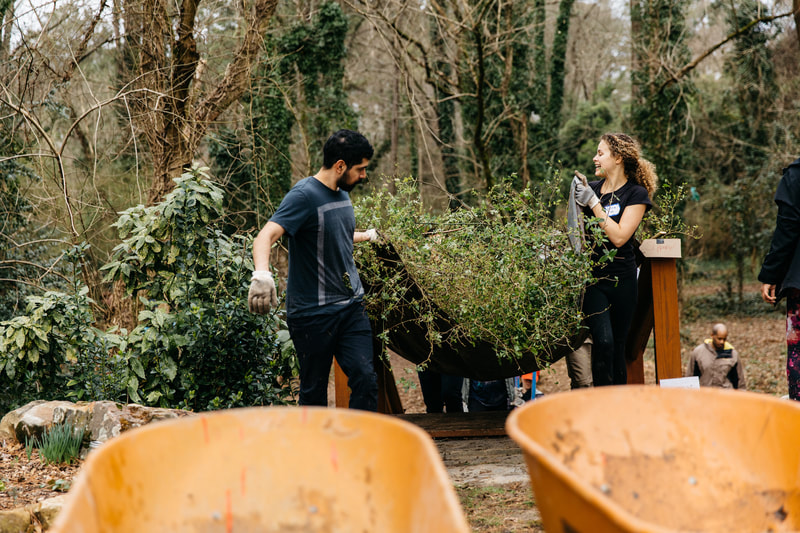
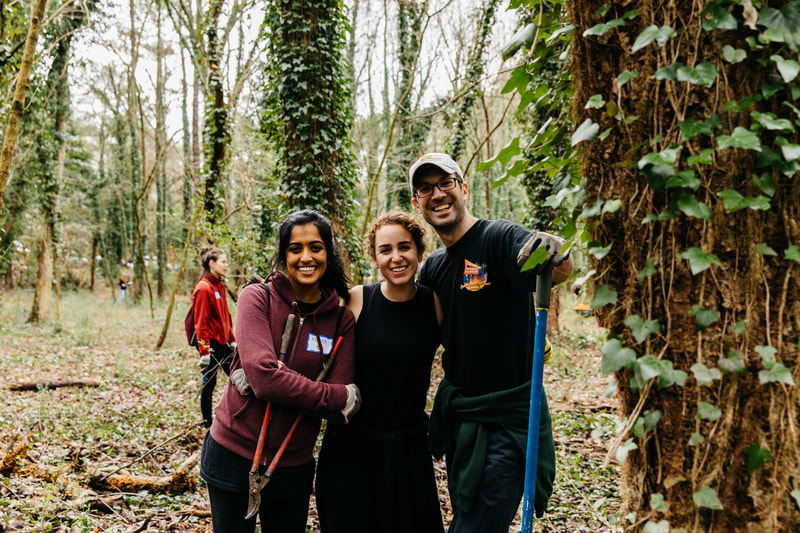
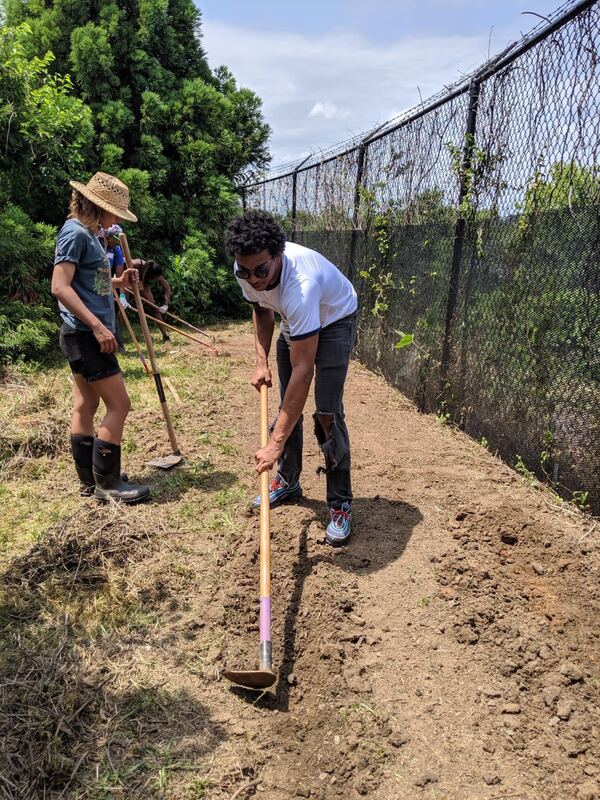
 RSS Feed
RSS Feed
